LED strip lights are becoming increasingly popular to add accent, task, and ambient lighting in various applications because they are flexible, energy-efficient, and have a long lifespan.
But the flexibility is limited by the power supply because you always have to connect the strips to AC110V or 230V through the power supply.
Are you tired of dealing with tangled cords and limited mobility with your LED strips? Hate the ugly wires coming through your furniture or floors from your strips to the power outlet? Do you want to do more such work?
Can you power LED strip with battery?
Did you know that it’s possible to power LED strips with batteries? This opens up a world of new possibilities for lighting up your space, whether for a party, a camping trip, or other outdoor events.
Imagine easily setting up LED strips anywhere you want without the hassle of finding an outlet or dealing with unsightly power cords. Isn’t it wonderful?
In this blog post, we will explain how and which batteries to choose and how to connect your strips with batteries, together with other tips and considerations to keep in mind. With some common knowledge and simple materials, you’ll enjoy the flexibility and convenience of battery-powered LED strips in no time.
Let’s dive right in!
What are the requirements for LED strip light battery?
There are two main requirements for batteries to power LED strips: One is Voltage, and the second is Wattage. Let’s explain them one by one.
Voltage
Most LED strip lights in the market are either 12V or 24V. You must match the voltage to power on the strips while choosing batteries. I suggest choosing 12V flexible LED strips to make battery selection more straightforward.
A simple example is below: If you use a 9V battery to power a 12V strip, the LED strip will not be as bright as it should be. However, if you use a 16V battery to light on a 12V strip, the power on the LEDs will be so much that the strip will be much brighter than it should be. For long-term use, the overload may damage the LEDs easily.
In a word, please do not overpower or underpower LED strips. Matching the voltage is the best solution.
Wattage
Above, you clearly understand how vital voltage is to LED strips. It will guarantee the proper working of LED strips. Then let’s come to wattage, which is a critical issue in determining how long will the LED strips working from your battery power.
Before buying LED strips from suppliers, you should have already had all the necessary technical data from suppliers, including total wattage and wattage per meter. When you get the strips in hand, it will be easier to see all the detailed specifications on the package.
Below is an example of our LED strip specifications:
Unitop High-Density LED Strip Model: UTFS-HD2835-080 is 7.2W/M. Thus one reel of this LED strip is 5M, which is 7.2*5 total 36W.
Once you know the total power of the strips, you will be able to calculate how long the battery can power them on. We will explain the detailed calculation later in this article.
Other battery requirements
1. Size
LED strips are often used in applications with limited space, so you may need to select small enough batteries to fit in the available space.
2. Type
Several types of batteries can be used to power LED strips, including alkaline, lithium, and nickel-metal hydride (NiMH). Each type has its characteristics, such as capacity and discharge rate, so you must choose the one best suited for your application.
3. Battery life
The life of a battery is typically measured in terms of the number of charge-discharge cycles it can undergo before it reaches the end of its useful life. You will need to select batteries with a long life if you need the LED strip to operate for an extended period.
How to choose suitable LED strip battery?
There are many types of batteries in the market. The most typical types are as below:
3V Coin Cell Battery
A 3V coin cell battery is a type of small, circular battery typically used to power small electronic devices such as watches, calculators, and remote controls. They are also known as button cell or coin cell batteries and are usually made of lithium, alkaline (manganese dioxide), or silver oxide. Coin cell batteries are designed to be used in devices that require a small, compact power source and are commonly used in devices that need to be powered for an extended period with minimal maintenance.
1.5V AA/AAA Alkaline Battery
A 1.5V AA/AAA alkaline battery is a type of small, cylindrical battery commonly used in electronic devices such as flashlights, radios, and calculators. Alkaline batteries are known for their high energy-to-weight ratio and have a voltage of 1.5V. They are made using an alkaline electrolyte and commonly use silver oxide and zinc in their electrodes.
Notably, most alkaline batteries are not designed to be recharged and should be replaced when they no longer provide sufficient power. The nominal voltage of AA and AAA batteries is 1.5V, and these batteries are commonly used in small electronic devices. The energy of these batteries will typically decline throughout their lifespan.
3.7V Rechargeable Battery
A 3.7V rechargeable battery is a type of battery that is designed to be charged and used multiple times. These batteries are commonly used in electronic devices such as smartphones, tablets, and portable speakers and are typically made of lithium-ion or lithium-polymer. The voltage of a 3.7V rechargeable battery refers to the potential difference between the positive and negative terminals and is essential in determining the amount of power the battery can provide.
3.7V rechargeable batteries are widely used in portable electronic devices because they can store a large amount of energy in a small, lightweight package. They can also deliver a high current, which is necessary for powering devices with high power requirements.
9V Alkaline Battery
A 9V alkaline battery is a type of cylindrical battery commonly used to power small electronic devices such as smoke detectors, carbon monoxide detectors, and portable radios. These batteries are typically made of zinc-carbon or zinc-manganese dioxide and have a voltage of 9V.
Alkaline batteries are known for their high energy-to-weight ratio and can deliver a steady voltage for an extended period. 9V alkaline batteries are often used in devices that require a high current, as they can provide a large amount of power in a small, lightweight package. It is important to note that 9V alkaline batteries are not rechargeable and should be replaced when they no longer provide sufficient power. The lifespan of a 9V alkaline battery will depend on the specific model and the amount of use it receives. Some 9V alkaline batteries may have a lifespan of several years, while others may only last for a few months.
12V Rechargeable Lithium Battery
A 12V rechargeable lithium battery is a type of battery that is designed to be charged and used multiple times. These batteries are commonly used in electronic devices such as power tools, electric bikes, and scooters and are typically made of lithium-ion or lithium-polymer. The voltage of a 12V rechargeable lithium battery refers to the potential difference between the positive and negative terminals and is important in determining the power the battery can provide.
12V rechargeable lithium batteries are widely used in portable electronic devices because they can store a large amount of energy in a small, lightweight package. They can also deliver a high current, which is necessary for powering devices with high power requirements.
The pros and cons of each type of battery are as below:
| Battery Type | Pros | Cons |
|---|---|---|
| 3V Coin Cell Battery | Small and compact size, long shelf life and low self-discharge rate, widely available and relatively and inexpensive. | Limited capacity, not rechargeable, not suitable for LED strips as they are hard to chain together. |
| 1.5V AA/AAA Alkaline Battery | Widely available and relatively inexpensive, high energy-to-weight ratio, long shelf life and low self-discharge rate. | Not rechargeable, limited capacity compared to other types of batteries. |
| 3.7V Rechargeable Battery | Rechargeable, more environmental-friendly, and save money in the long run, high capacity and high current delivery | May require specialized chargers, may have a shorter lifespan. |
| 9V Alkaline Battery | Widely available and relatively inexpensive, suitable for powering devices that require a higher voltage, long shelf life and low self-discharge rate. | Not rechargeable. One battery can not fully power the 12V strip, and two in series will overpower for 12V strip. |
| 12V Rechargeable Lithium Battery | Rechargeable can be used multiple times, high capacity and high current delivery. | May require specialized chargers, may have a shorter lifespan, and be more expensive than some other types of batteries. |
What batteries are best for LED lighting strips?
Among all the above batteries, I like 12V Rechargeable Lithium Battery the most as it provides 12V, the same as the LED strip. It is rechargeable, while it is more expensive. I won’t choose a 9V Alkaline Battery since the LED will not be fully lit. I won’t choose a 3V Coin Cell Battery, as it is difficult to link them together. I will choose 1.5V AA/AAA Alkaline Battery or 3.7V Rechargeable Battery according to my different requirements. p.s.: If we choose 1.5V AA batteries, we need a battery box to connect eight batteries since 1.5*8=12V is exactly the voltage of the LED strip. If we choose 3.7V batteries, we also need a battery box to connect three batteries because 3.7*3=11.1V, which is closest to the voltage of the 12V LED strip.
How long can a battery-powered LED strip light work?
To calculate the working time of a best battery powered LED strip lights, you need to know the battery capacity and power consumption of the LED strip.
What we have, for example:
One 12v battery pack for LED lights with a capacity of 12,000mAh
One reel of Unitop LED strip UTFS-HD2835-080, 7.2W/M, 5M total 36W
Let’s calculate how long will a 12V battery power an LED strip:
First: Get the current of the whole 5M strips in mA:
The total wattage of the strips divided by the voltage of the strips to get the current in A, then multiply by 1000 to get the total current in mA.
36W/12V*1000=3000mA
Second: Get the working time:
Divide the battery’s capacity by the total current of the LED strip in mA.
12,000mAh/3000mA=4 hours.
So the working time for using a 12,000mAh battery to power a 5M LED strip light total of 36W is 4 hours.
See? It is such an easy calculation.
Here are some more examples:
| Unitop LED Strips | Total Power | Total Current | Battery Capacity | Working Time |
|---|---|---|---|---|
| 12V COB LED Strip 3meters, UTFS-PSCOB420 | 10W*3=30W | 30W/12V*1000=2500mA | 12V battery pack total 12,000mAh | 12,000mAh/2500mA=4.8 hours |
| 12V COB LED Strip 3meters, UTFS-PSCOB420 | 10W*3=30W | 30W/12V*1000=2500mA | 8pcs 1.5V AA high-capacity total 19200mAh | 19,200mAh/2500mA=7.68 hours |
| 12V High Density LED Strip 3meter, UTFS-HD2835-160 | 14.4W*3=43.2W | 43.2W/12V*1000=3600mA | 12V battery pack total 12,000mAh | 12,000mAh/3600mA=3.33 hours |
| 12V High Density LED Strip 3meter, UTFS-HD2835-160 | 14.4W*3=43.2W | 43.2W/12V*1000=3600mA | 8pcs 1.5V AA high-capacity total 19200mAh | 19,200mAh/3600mA=5.33 hours |
| 12V Top Bed LED Neon Flex 2Meters, UTNF-TB1005 | 8W*2=16W | 16W/12V*1000=1333mA | 12V battery pack total 12,000mAh | 12,000mAh/1333mA=9 hours |
| 12V Top Bed LED Neon Flex 2Meters, UTNF-TB1005 | 8W*2=16W | 16W/12V*1000=1333mA | 8pcs 1.5V AA high-capacity total 19200mAh | 19,200mAh/1333mA=14.4 hours |
How to connect LED strip light to a battery pack?
Nothing is easier than wiring LED strip lights to a 12v battery.
Step 1: Locate the Positive and Negative terminals for the battery:
Usually, there is a sign on each terminal. “+” means Positive while “-” means Negative.
Step 2: Locate the Positive and Negative terminals for LED strips:
You can tell the polarities by labels on the wire or according to the wire colors. Usually, there are labels on each wire of the strips. You can see Positive ( + ) and Negative ( – ) on the labels. In the meantime, Red wire means Positive ( + ), while black wire means Negative ( – ).
Step 3: Connection:
Connect battery Positive ( + ) to strip Positive ( + ), and connect battery Negative ( – ) to strip Negative ( – ).
Step 4: Test the LED strip lights to ensure they work properly:
If the LED strip lights are not functioning as expected, double-check your connections and make sure you use the correct battery pack.
How to connect RGB LED strip lights to a battery pack?
The connection of battery powered LED strip with remote is quite similar, except there is a controller between the battery pack and the strips. The controller is used to control the color change of the LED strips.
Connect the controller to the battery
Step 1: Locate the Positive and Negative terminals for the battery: Usually, there is a sign on each terminal of the batteries. “+” means Positive while “-” means Negative.
Step 2: Locate the Positive and Negative terminals for the controller: Usually, there is a sign on each controller terminal. “+” means Positive while “-” means Negative.
Step 3: Connect battery Positive ( + ) to controller Positive ( + ), and connect battery Negative ( – ) to controller Negative ( – ).
Connect the controller to the strips
Step 1: Locate the Positive and color terminals for the controller: Usually, there is a sign on each controller terminal. “+” means Positive, “R” means Red, “G” means Green, and “B” means Blue.
Step 2: Locate the Positive and color terminals for LED strips: You can tell the polarities by labels on the wire or according to the wire colors. Usually, there are labels on each wire of the strips. You can see descriptions on the labels. In the meantime, Black wire means Positive ( + ), “R” means Red wire, “G” means Green wire, and “B” means Blue wire.
Step 3: Connect controller Positive ( + ), R, G, B terminals to strip Positive ( + ), R, G, B wires.
Step 4: Test the LED strip lights to ensure they work properly. Double-check your connections between the battery, controller, and the strips if the LED strip lights are not functioning as expected. And make sure that you are using the correct battery pack.
Tips and tricks on connecting LED strips to batteries
To make the connection even easier, please buy an LED strip with a DC jack, then buy a battery box or battery pack with DC out connection. You just need to plug it in. Then it will work properly.
If you choose LED strips with a. Open wires. b. solderless connector or c. exposed copper pads. Please choose suitable connectors for easy connection.
How to extend battery life?
Add an on/off switch
You switch it on when you use the strips and switch it off if not necessary. This will help you to save energy and extend the use of batteries.
Add a dimmer
Use a dimmer to dim the LED strips can be a great idea if you want the strips to be darker, lower the brightness helps to lower the power consumption which will in the end allow you to use a longer time with batteries.
Choose fewer wattage LED strips
It is no need always choose the brightest or the highest wattage LED strips because they will consume more power. Just select LED strips which are enough brightness and wattage according to your requirements.
Reduce the length of LED strips
If you can choose 1M strips only, please do not choose 2M strips, shorter LED strips make the battery life longer.
Can I connect a 12V LED strip to a car battery?
Yes, you can. However, you will need to use a voltage regulator to ensure that the correct voltage–12V is supplied to the LED strip. The car battery will typically have a voltage of around 12-14V, sometimes it will rise up to more than 14.7V or go down to 11V. This is quite unstable. It will either be too high to damage the LED strip or too low, not able to provide sufficient voltage to strips.
A voltage regulator will help to step down the voltage of the car battery to the correct level for the LED strip, which is 12V.
To connect the LED strip to the car battery, you will need to use wire with a sufficient gauge to handle the current draw of the LED strip. You will also need to ensure that the connections are secure and properly insulated to prevent any short circuits or accidents. It is always a good idea to use a fuse or circuit breaker in the circuit to protect the LED strip and the battery from damage in case of an overload.
It is important to note that the car battery will discharge over time when it is connected to the LED strip, so you will need to monitor the battery level and recharge it as needed to prevent it from going dead. You should also be careful not to drain the battery too much, as this can damage the battery and shorten its lifespan.
Is it safe to power LED strip lights with batteries?
It is definitely safe to use LED strips with batteries as long as you have chosen the correct batteries and LED strips together with a professional and correct installation.
In Conclusion
Using batteries to power LED strips, known as “battery LED strip lights” or “battery powered LED light strips,” offers a convenient solution for lighting applications where access to electrical outlets is limited. This approach grants the flexibility to illuminate areas otherwise difficult to light. However, selecting the right batteries is crucial to ensure they possess adequate capacity to sustain the LED strip for the intended duration. By adhering to these guidelines, you can maximize the advantages of battery-powered LED lighting strips.
If you have any other ideas about power LED strips with batteries, or you have special lighting projects which need customized LED strips for batteries, please feel not hesitate to let us know, we are always ready to help.
Related Article
Leave a Reply
Want to join the discussion?Feel free to contribute!
Leave a Reply

Tom is now the Sales Manager of Unitop (China) Co., Limited. He has been in the LED Lighting industry ever since 2005. He is an expert in sales & marketing, and factory management. He likes bodybuilding, and he is also a crazy Apple Fan! He is a hard-working guy and loves to learn and try new things.
Email: tom@unitopledstrip.com WhatsApp: +86-18680307140

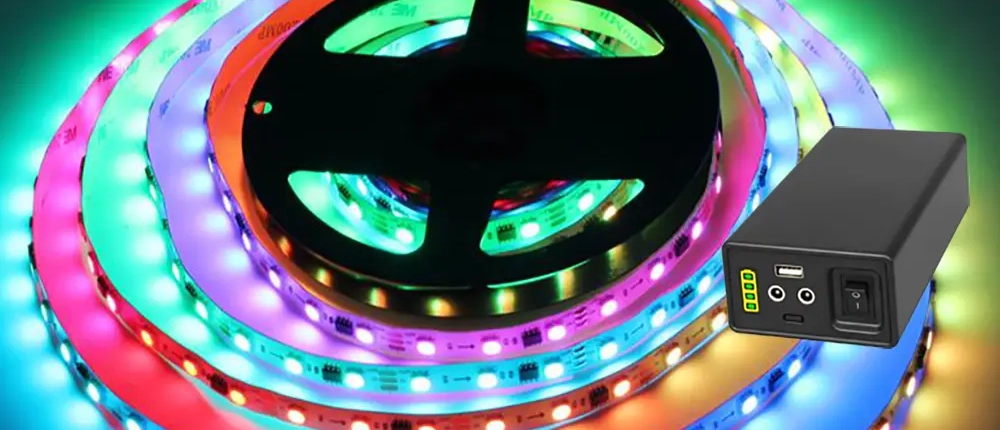
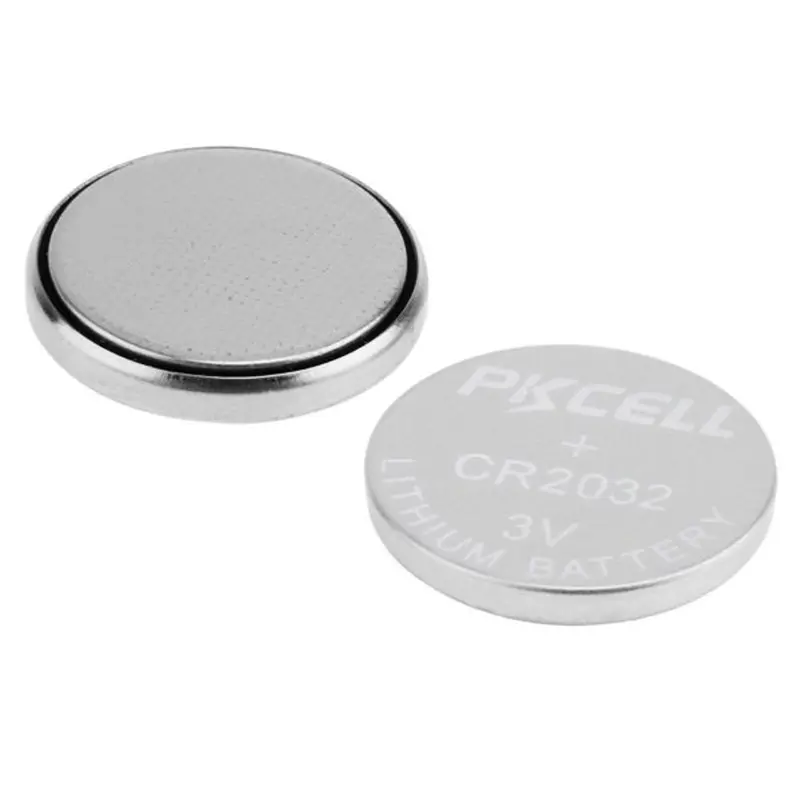
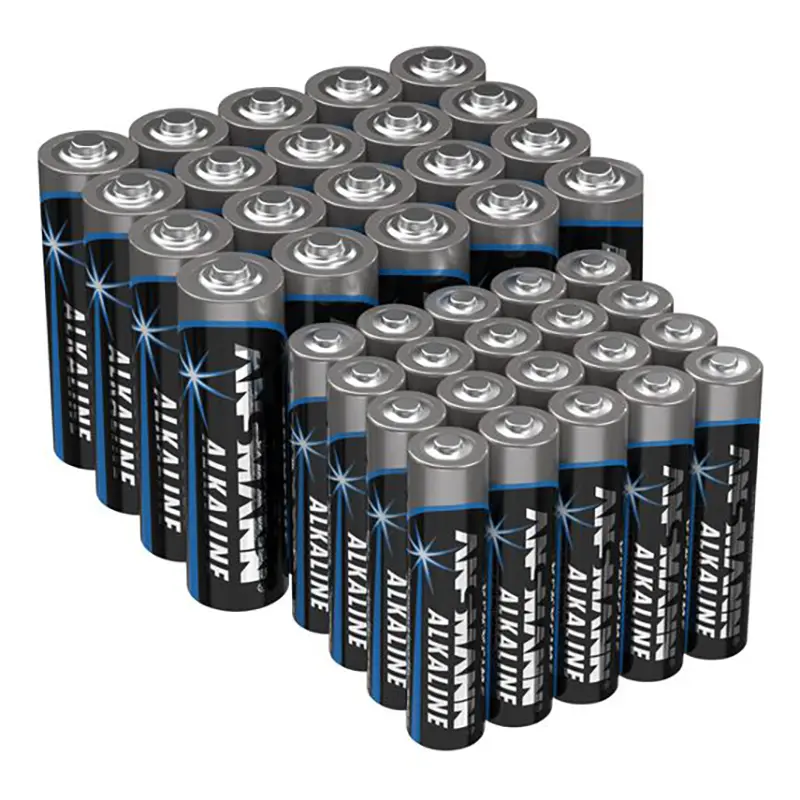
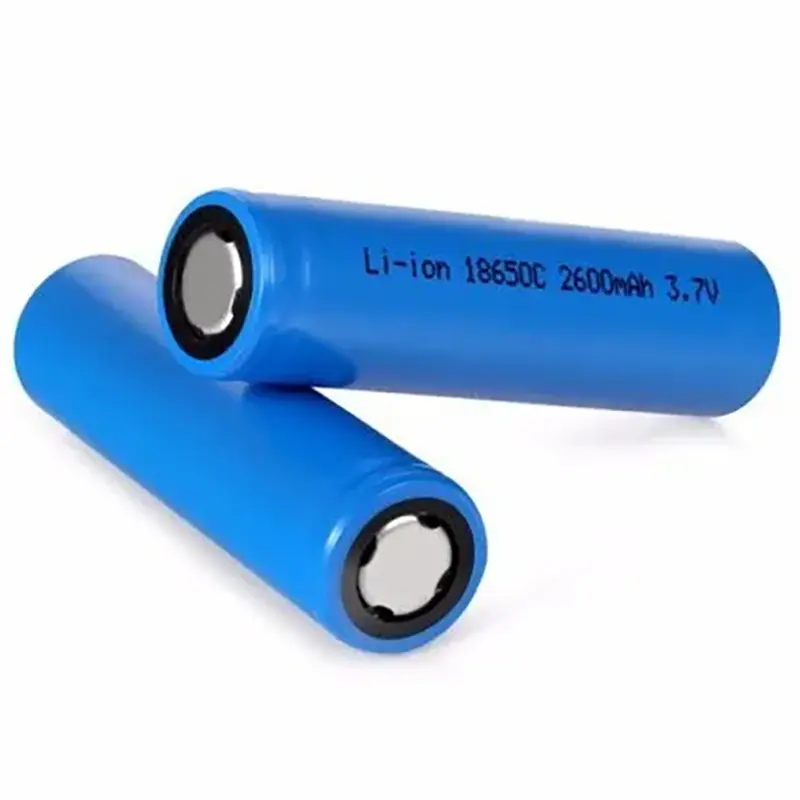
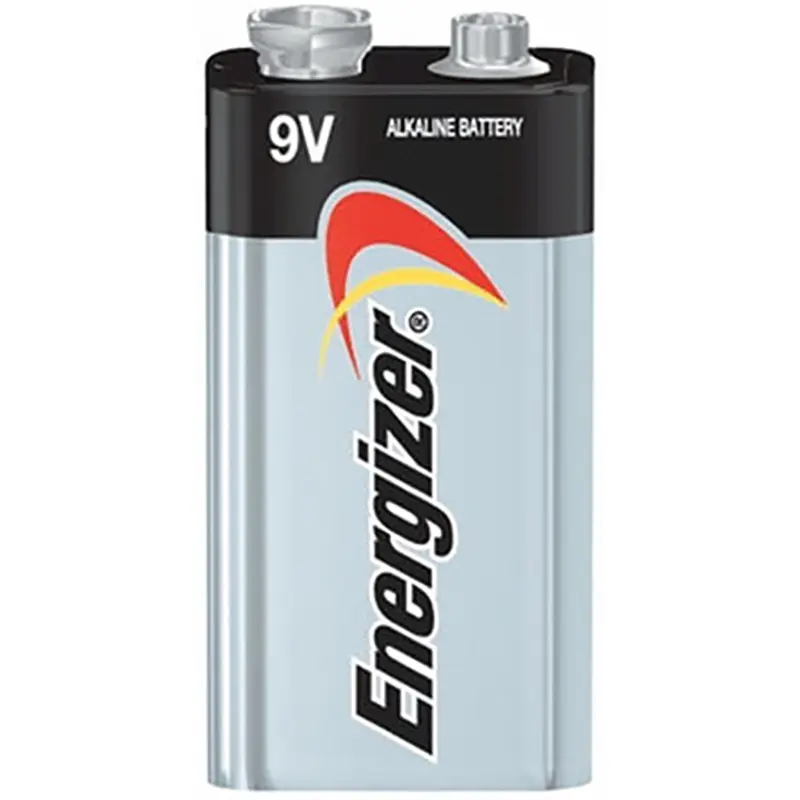
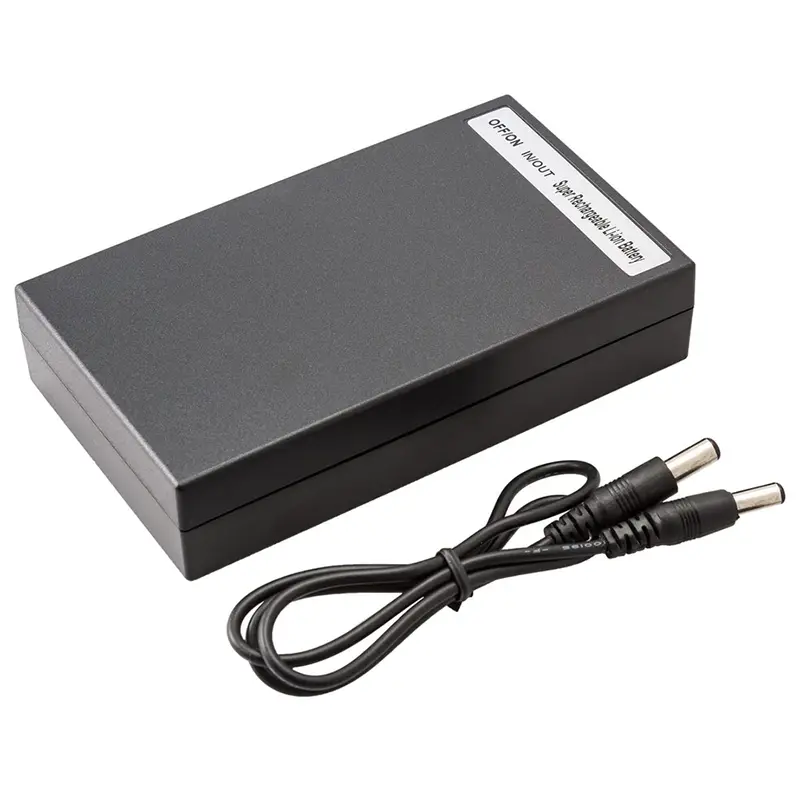
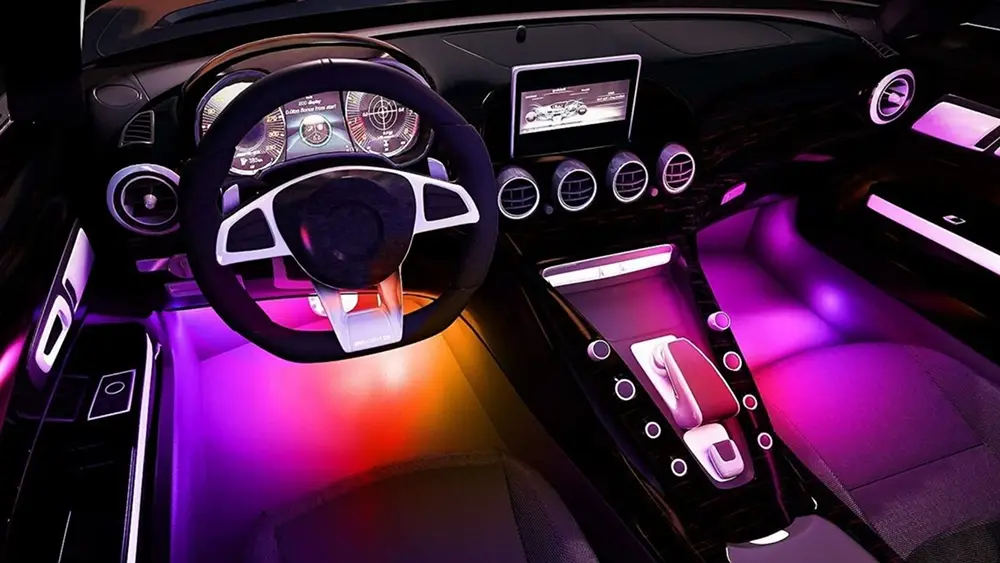


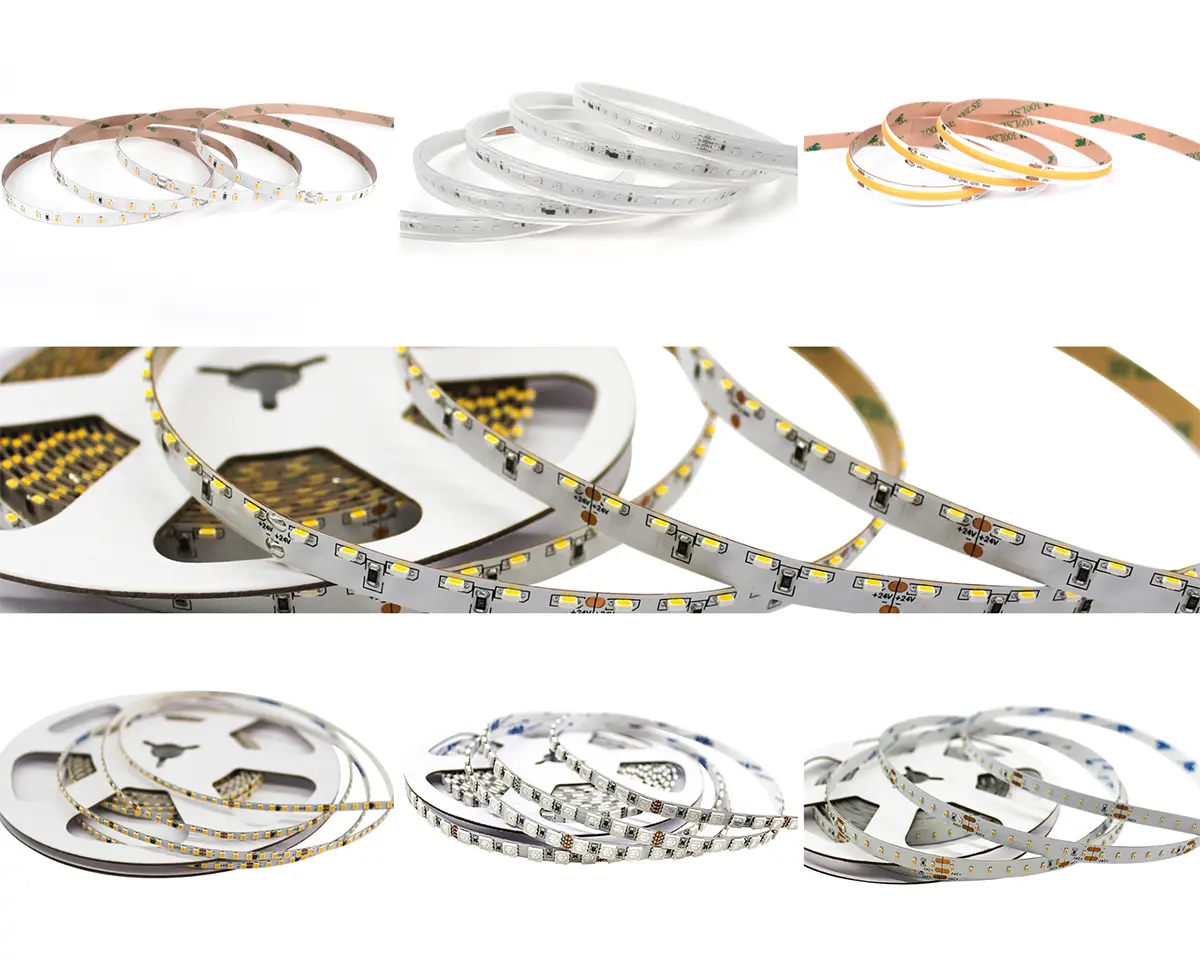
Welcome all your opinions.